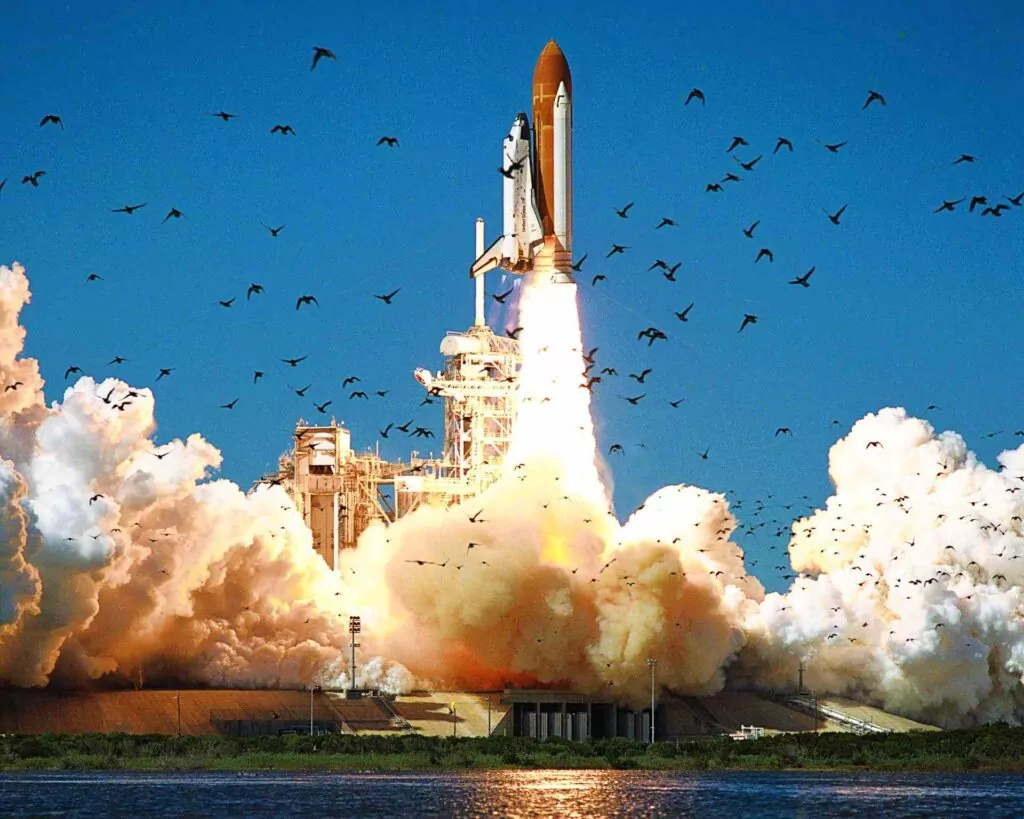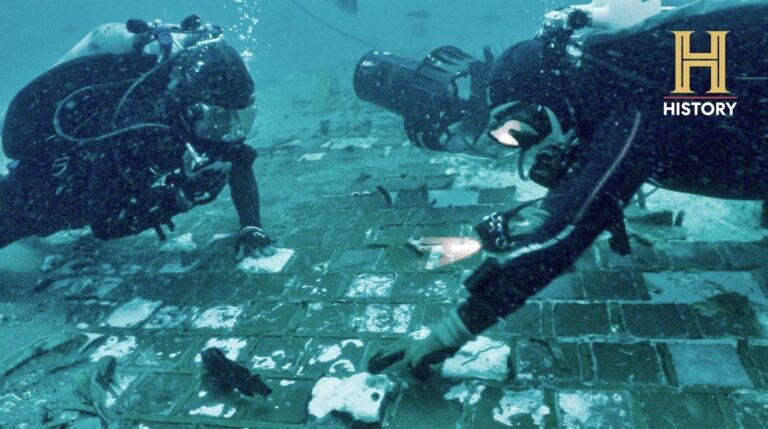Searching for WW2 aircraft off Florida’s Atlantic coast, scuba divers Michael Barnette and Jimmy Gadomski had not been expecting to find the remains of a spacecraft – but that was their strange experience earlier this year.
After viewing the divers’ video footage, NASA officials later confirmed that what they had come across had formed part of the tragic Challenger Space Shuttle on which seven astronauts died in 1986.
The 6m-long section covered in small square tiles was found partially buried in sand in early March. The discovery has been announced only now because it coincides with the release of a History Channel TV documentary in North America on 22 November.
The Florida divers were part of a team carrying out preliminary dives at possible plane-wreck sites flagged up by fishermen off the Florida coast, looking in particular for a PBM Martin Mariner rescue plane that had disappeared in 1945.

Barnette, founder of the Association of Underwater Explorers and a NOAA marine biologist, is credited with identifying more than 30 wreck-sites. Advanced trimix instructor Gadomski owns Florida Technical Diving in Fort Lauderdale.
After a second dive at the site, the documentary team shared their findings initially with retired astronaut Bruce Melnick, who advised them to approach NASA. The space agency confirmed in August that the artefact was part of Challenger.
A variety of insulating tiles were used in Space Shuttles’ thermal protection system to protect their skin and structure from the intense heat generated on re-entry.
However, in 1986 a major malfunction occurred only 73 seconds after lift-off from Florida’s Kennedy Space Centre on what would have been NASA’s 25th Space Shuttle mission, STS-51L. Ice had formed overnight on the shuttle, but the concerns of some staff had been brushed aside as the craft was cleared for launch.
An agency investigation later showed that unexpectedly cold temperatures had affected the integrity of O-ring seals in the solid rocket booster segment joints.
Francis Scobee commanded what would be the final Challenger mission, with pilot Michael Smith , mission specialists Ronald McNair, Ellison Onizuka and Judith Resnick, payload specialist Gregory Jarvis and the first civilian ever to head into space, teacher Christa McAuliffe.

“While it has been nearly 37 years since seven daring and brave explorers lost their lives aboard Challenger, this tragedy will forever be seared in the collective memory of our country,” said NASA administrator Bill Nelson. “For millions around the globe, myself included, 28 January, 1986, still feels like yesterday.
“This discovery gives us an opportunity to pause once again, to uplift the legacies of the seven pioneers we lost, and to reflect on how this tragedy changed us. At NASA, the core value of safety is – and must forever remain – our top priority, especially as our missions explore more of the cosmos than ever before.”
Safety culture
The Challenger disaster, and later that of the Columbus Space Shuttle, was credited with bringing about a new safety-first culture at NASA.
“It’s ironic that we study Normalisation of Deviance in technical dive training, and the Challenger disaster was where the term was first used,” commented one diver on Gadomski’s Facebook page. The term refers to the process whereby deviance from correct behaviour can become normalised in a corporate or government culture.
Barnette commented that the divers’ “touching history” experience had been so unexpected because they had assumed that all Challenger wreckage had been recovered by NASA during its accident investigation.
Although the History Channel six-part documentary that includes the discovery is entitled The Bermuda Triangle: Into Cursed Waters, the Challenger wreckage was found north-west of that area.
NASA is considering what action if any to take regarding the artefact, which is legally US government property. It has also taken the opportunity to ask any other scuba divers who believe they might have come across – or picked up – Space Shuttle wreckage to contact it at ksc-public-inquiries@mail.nasa.gov

